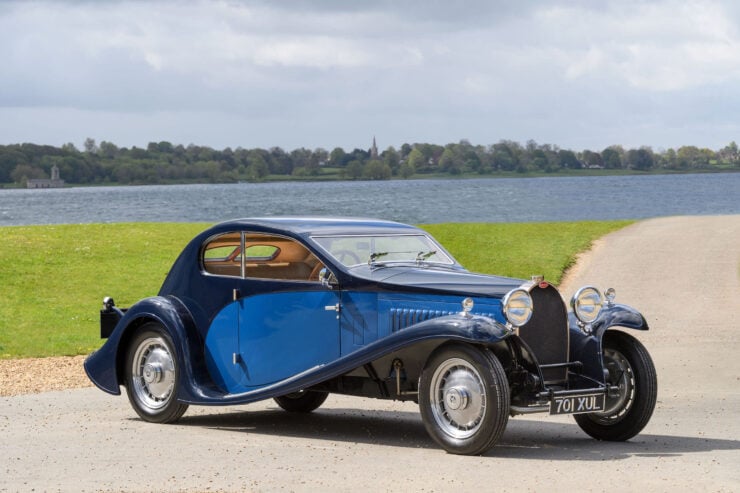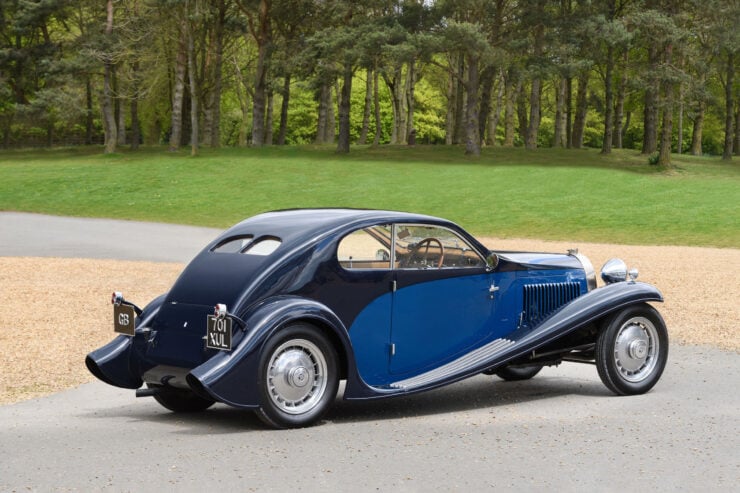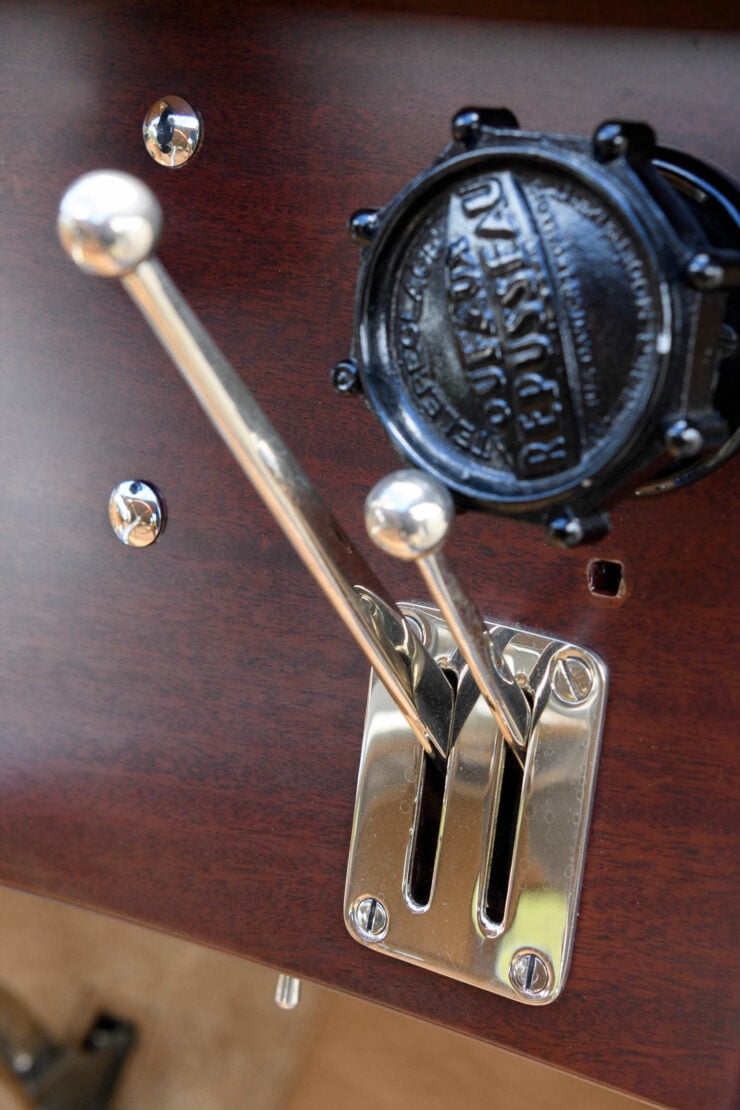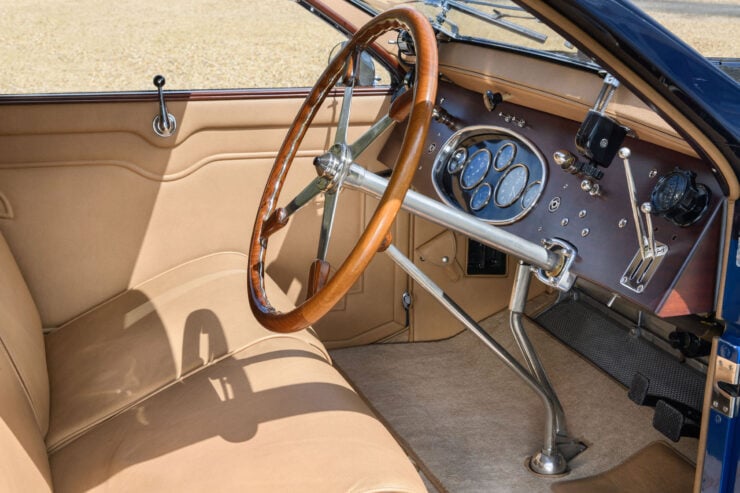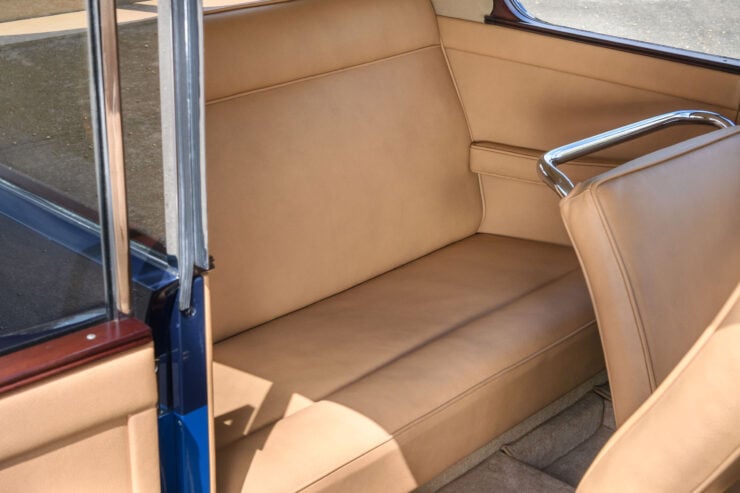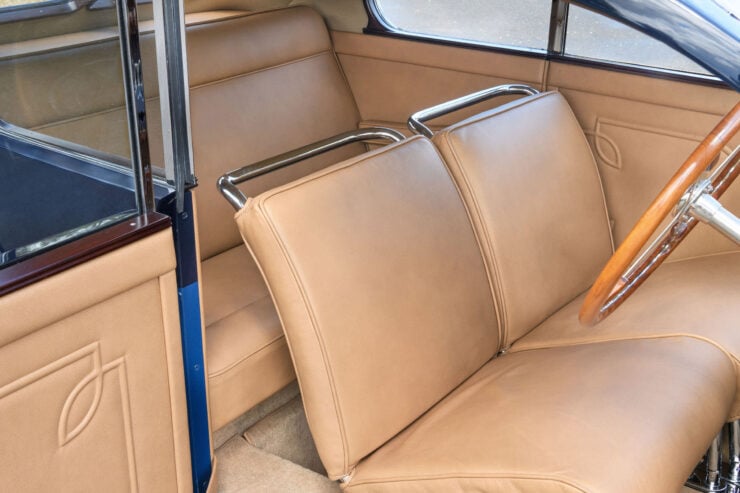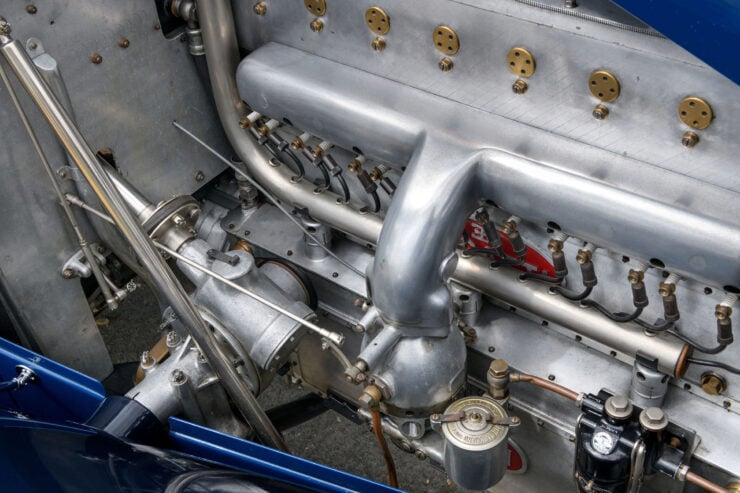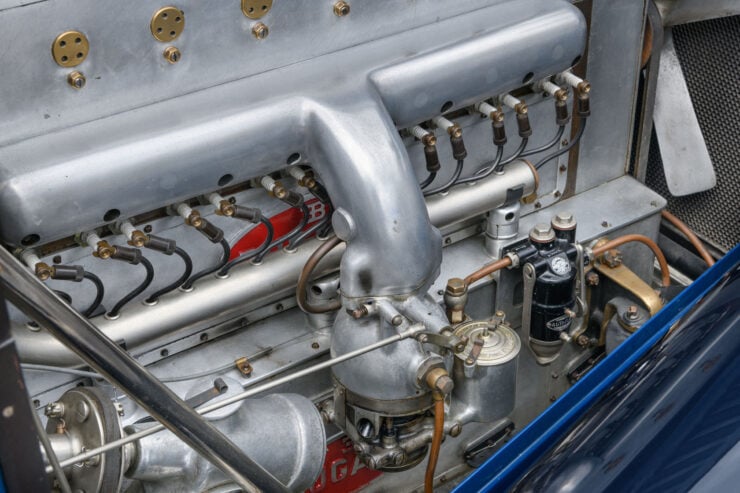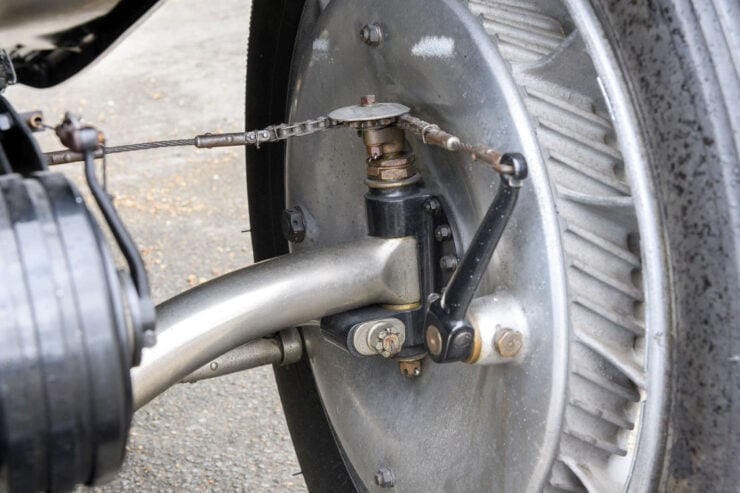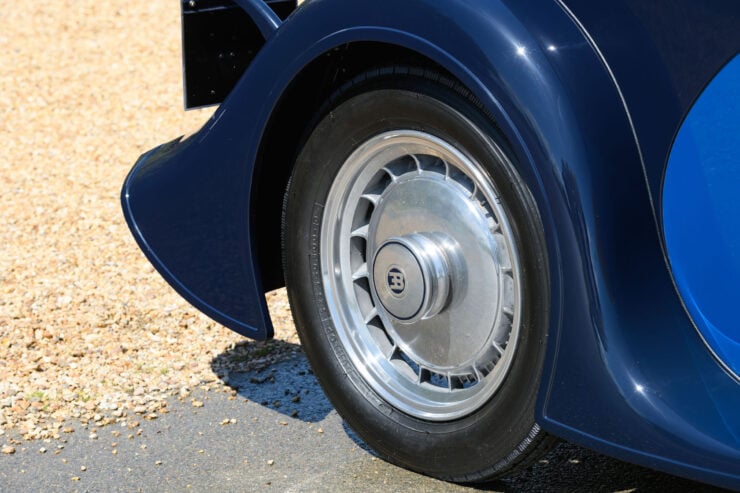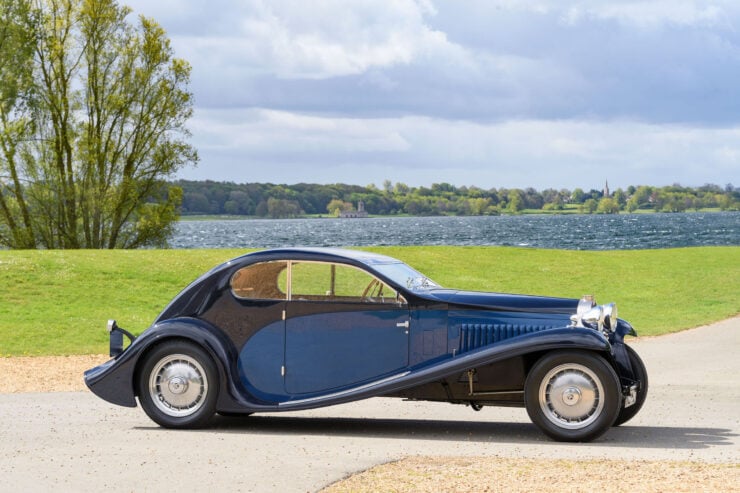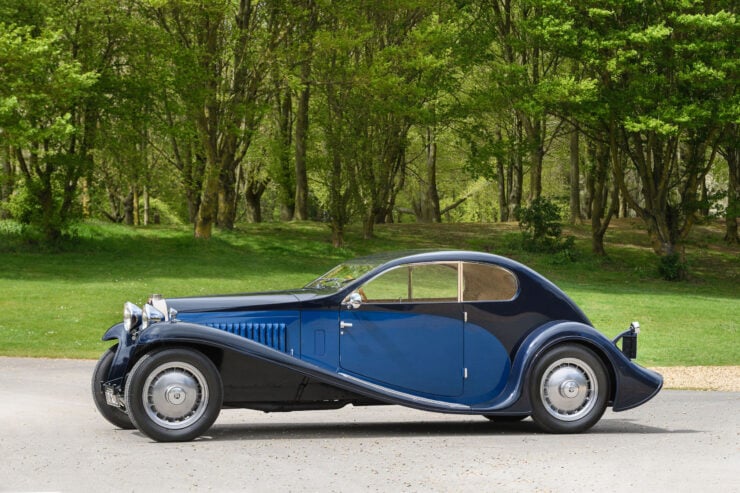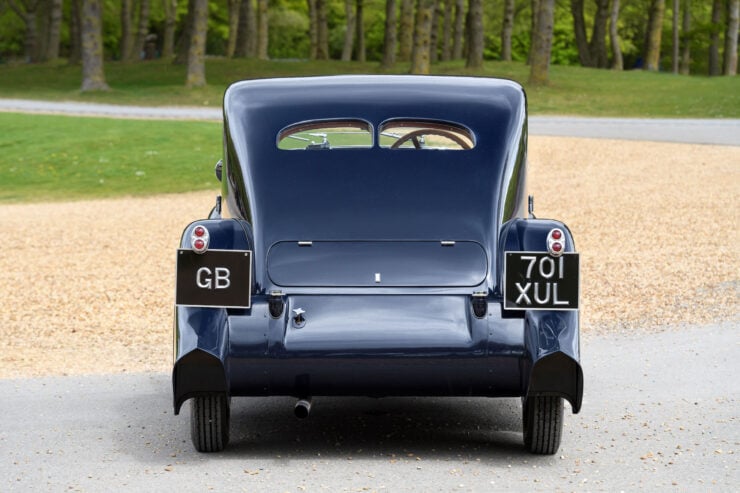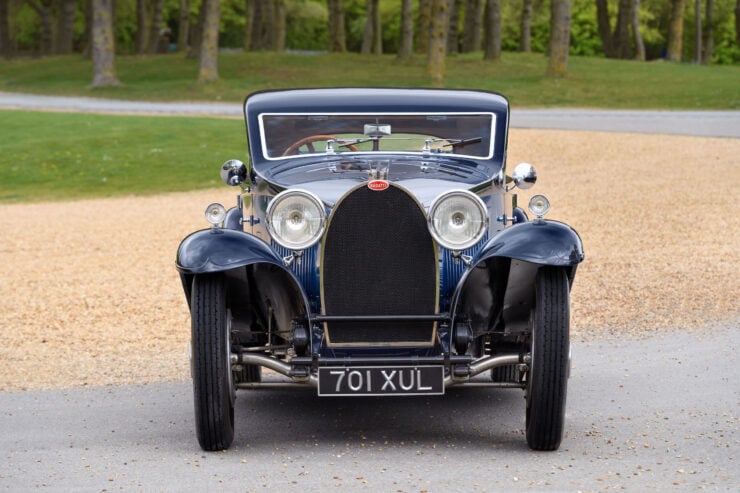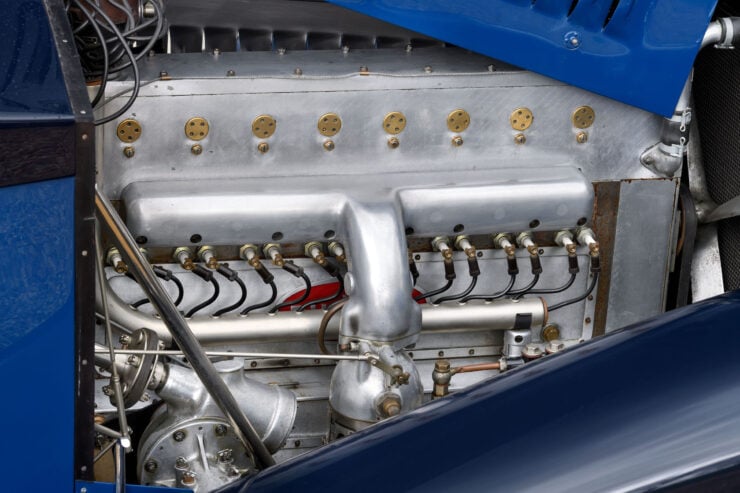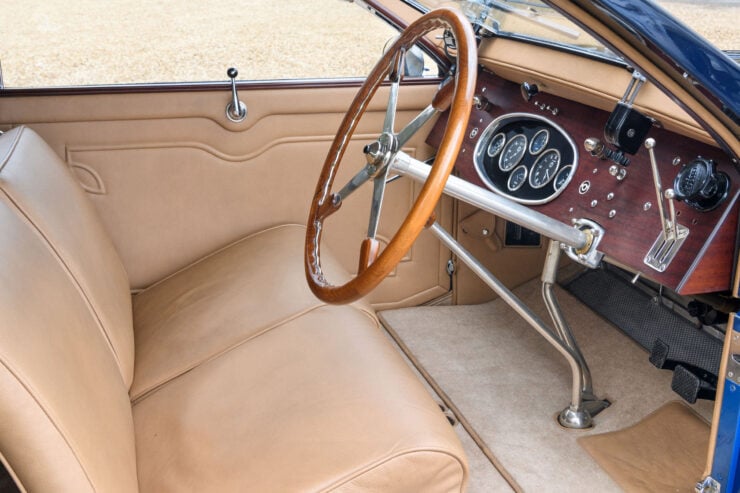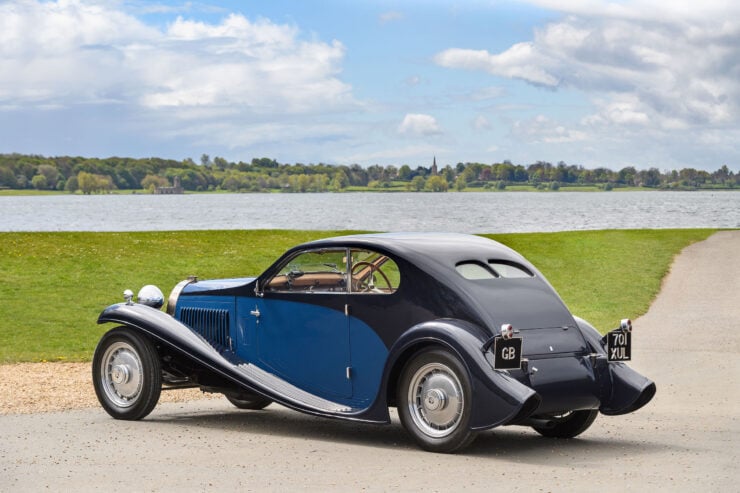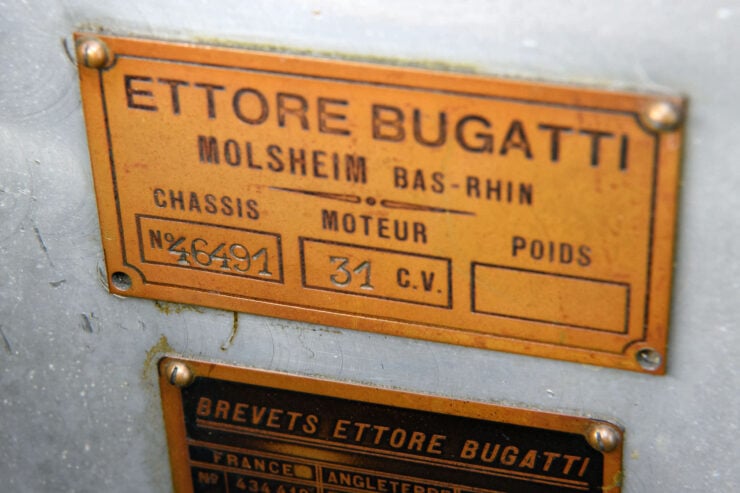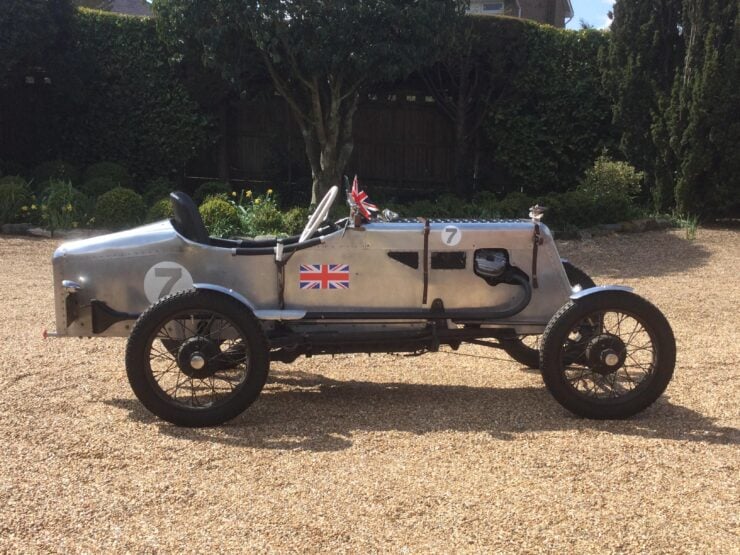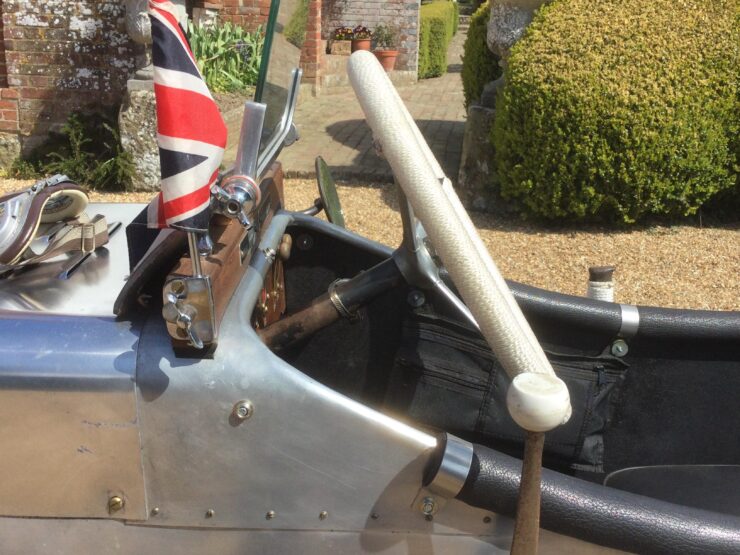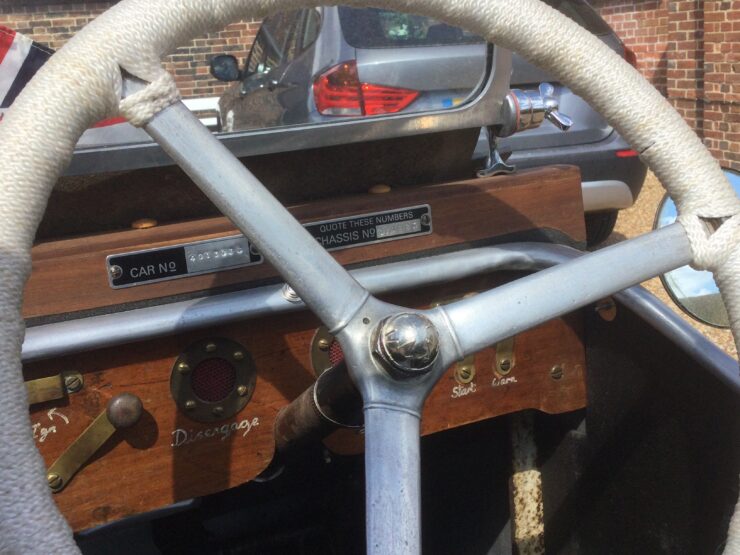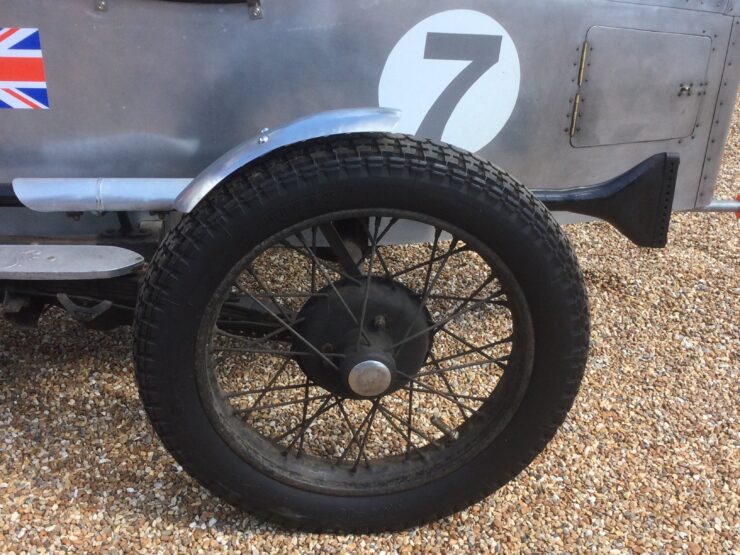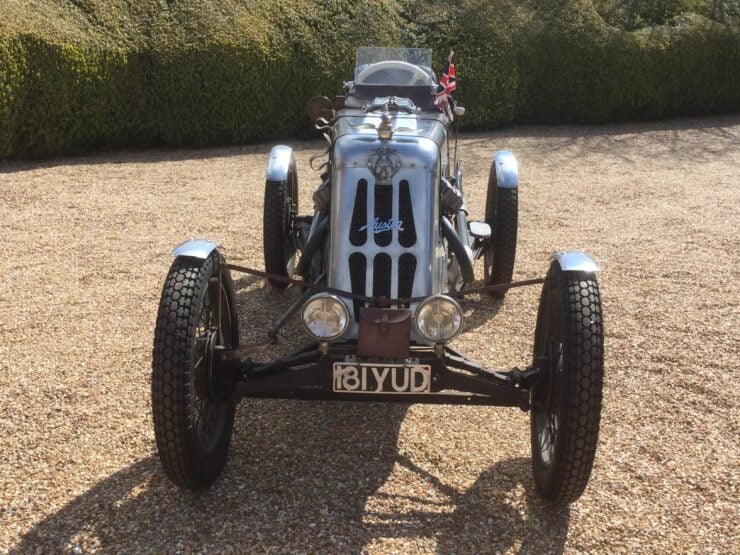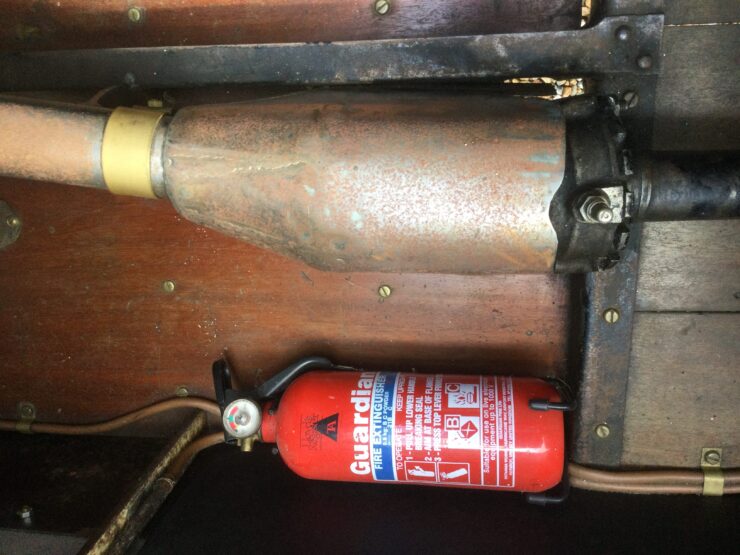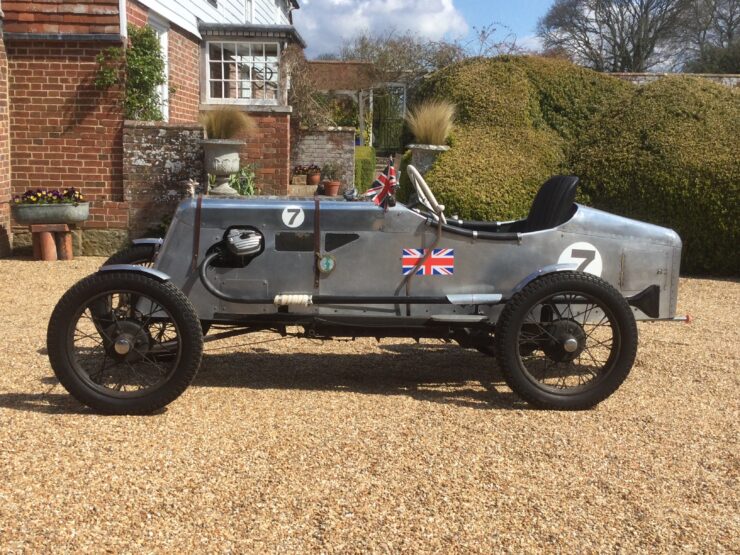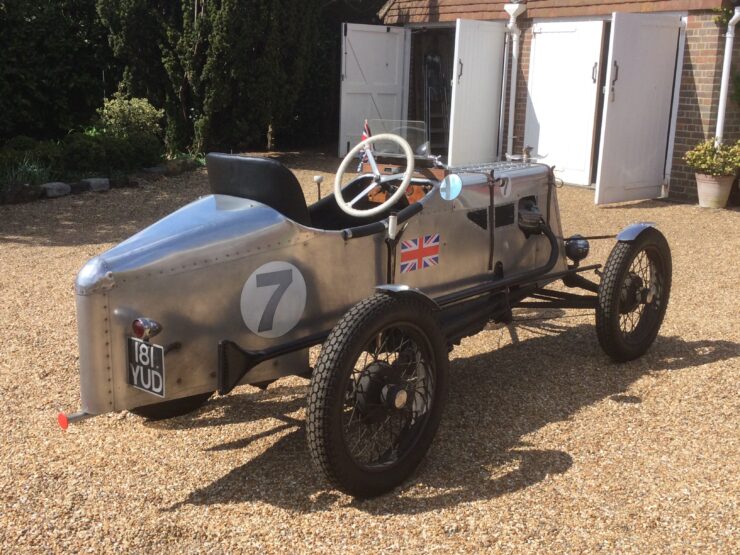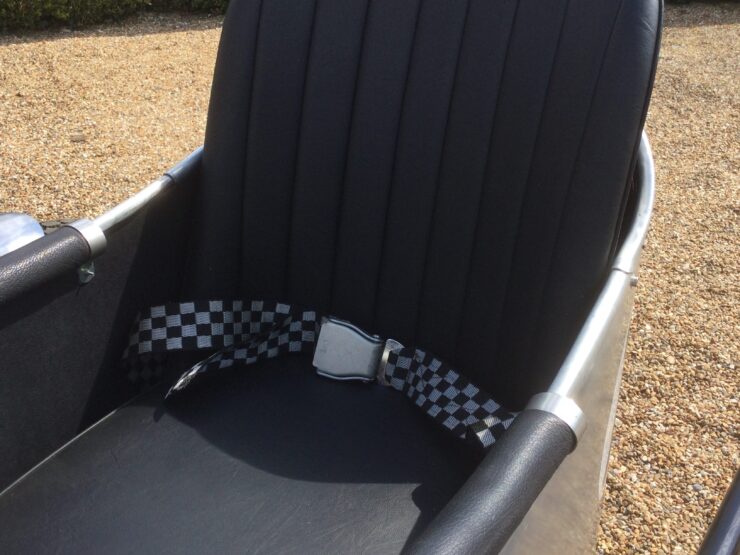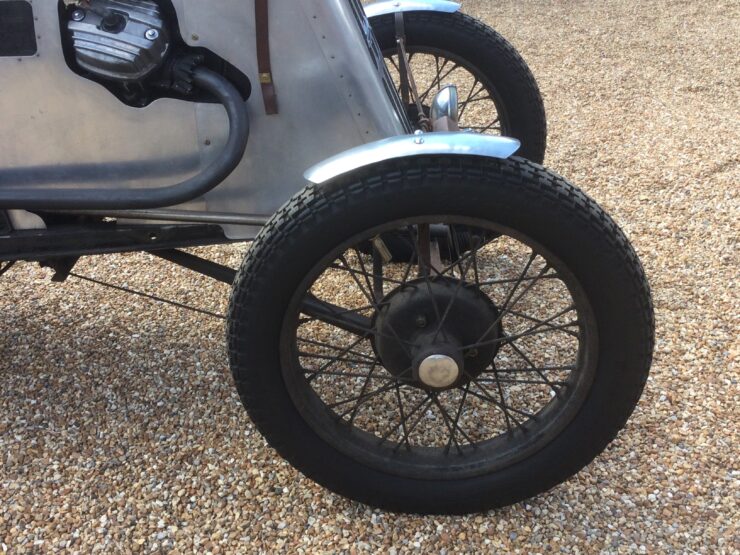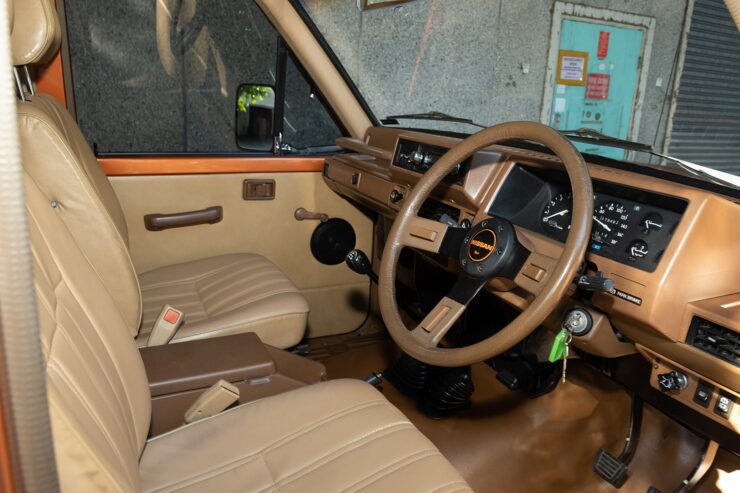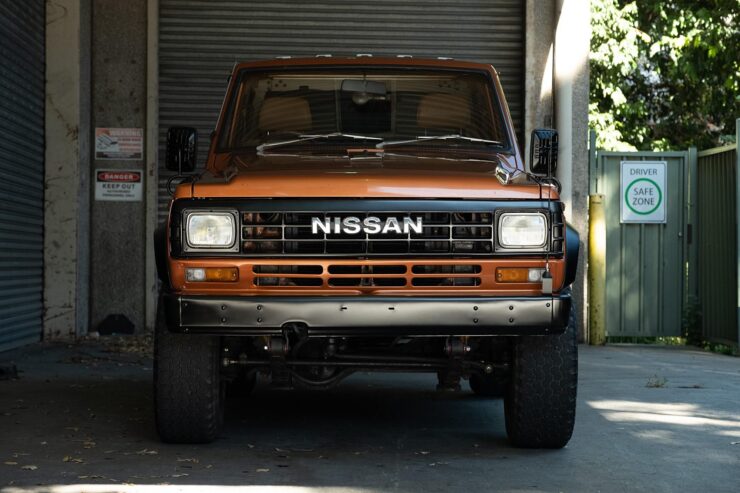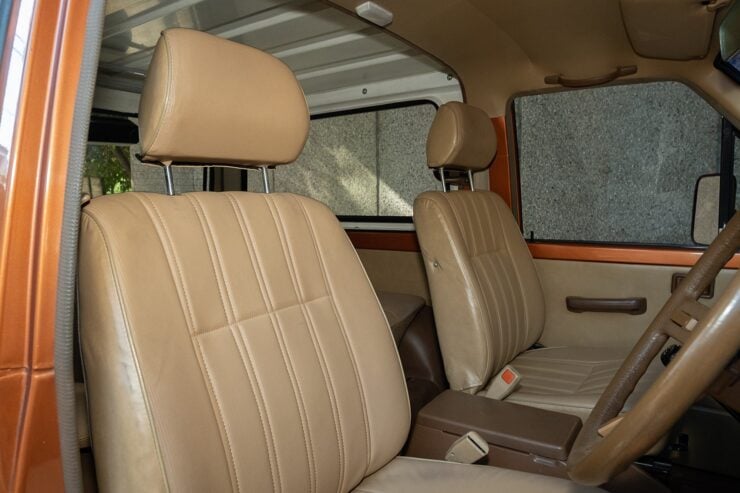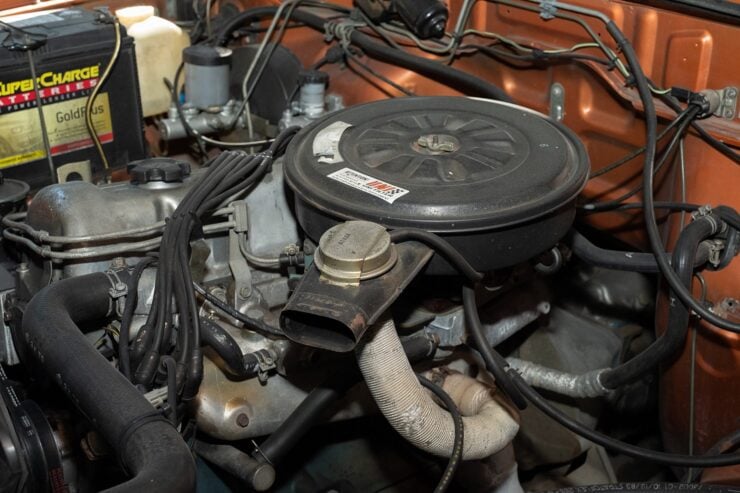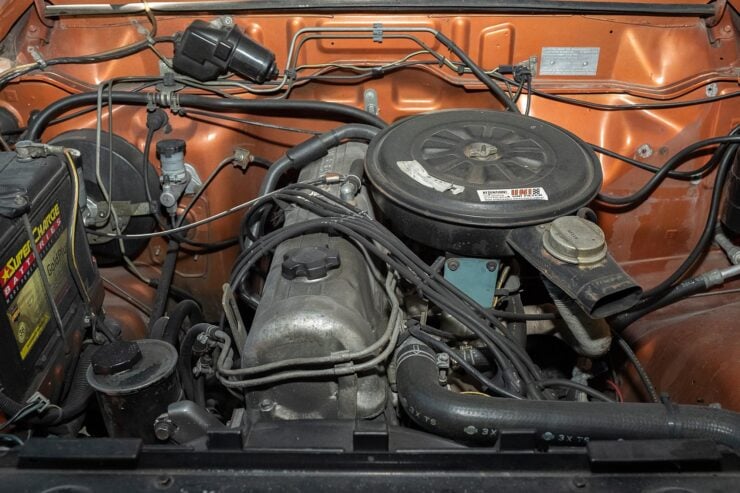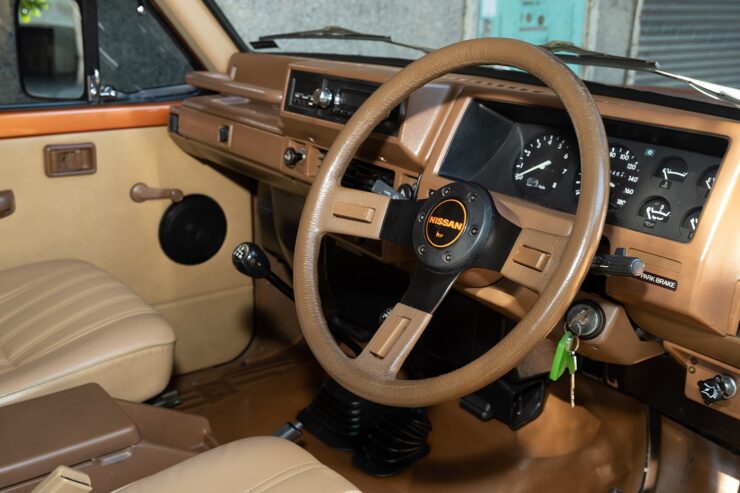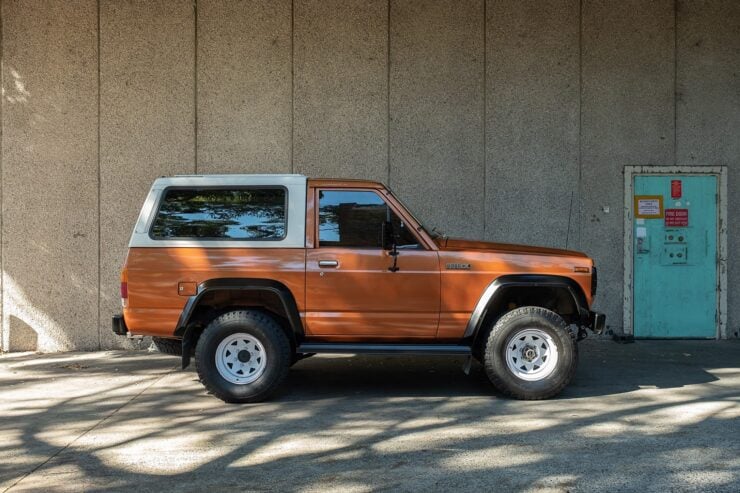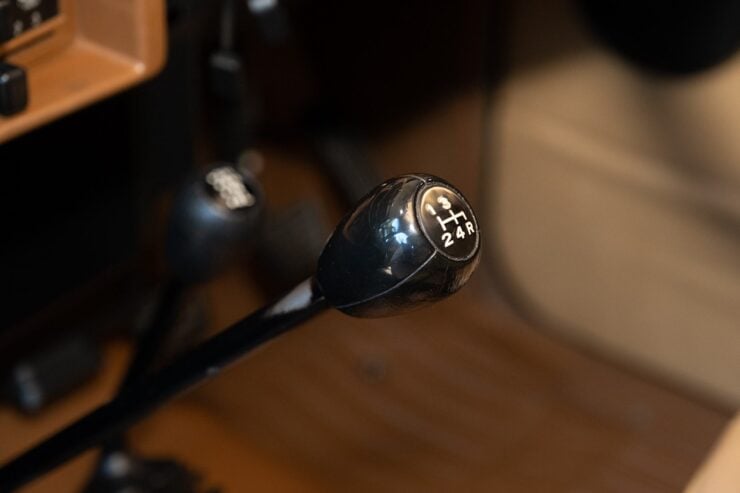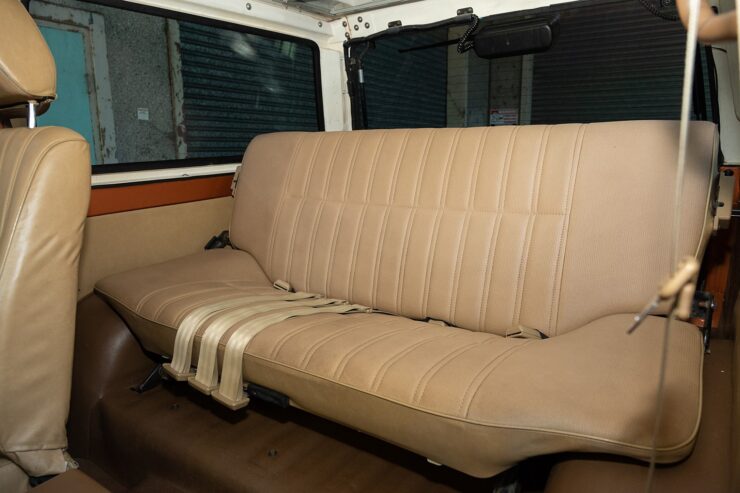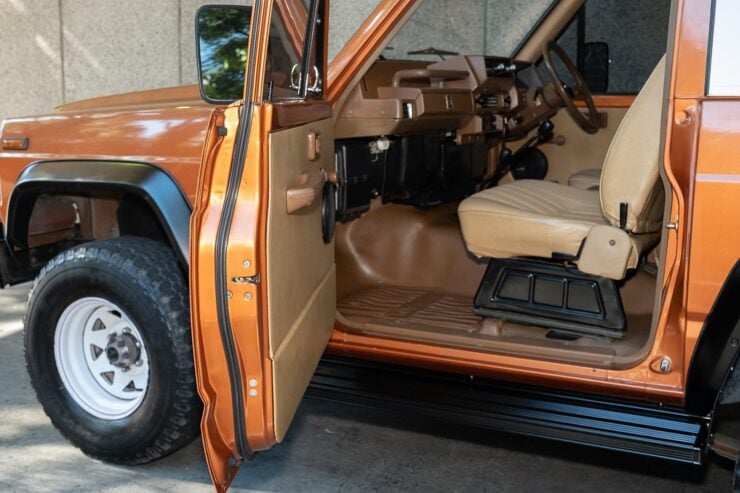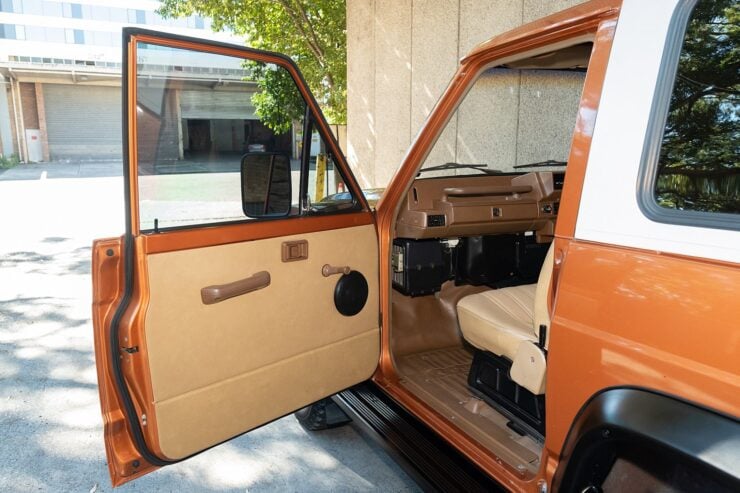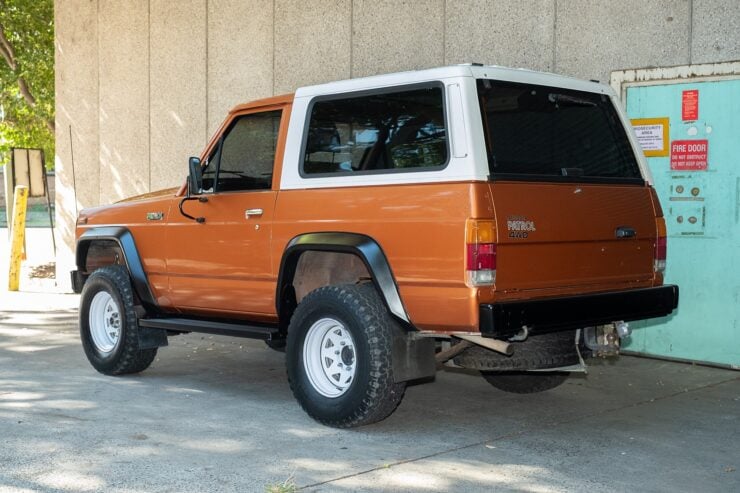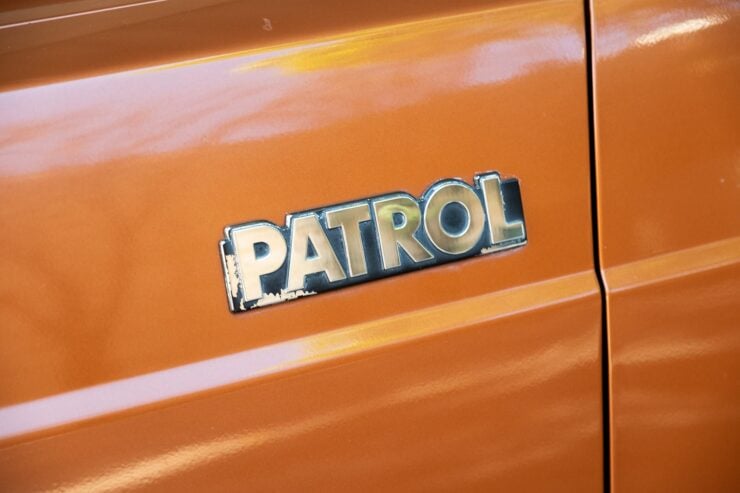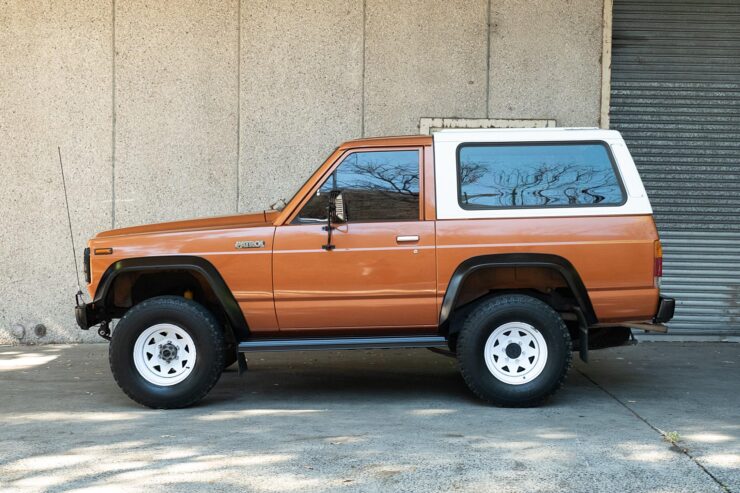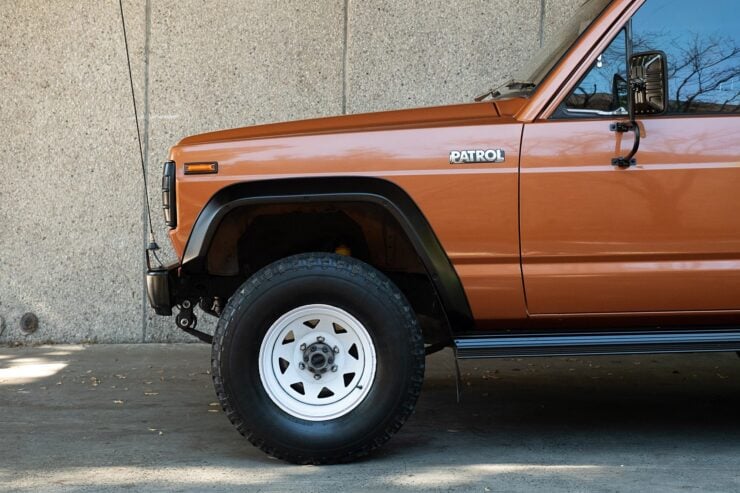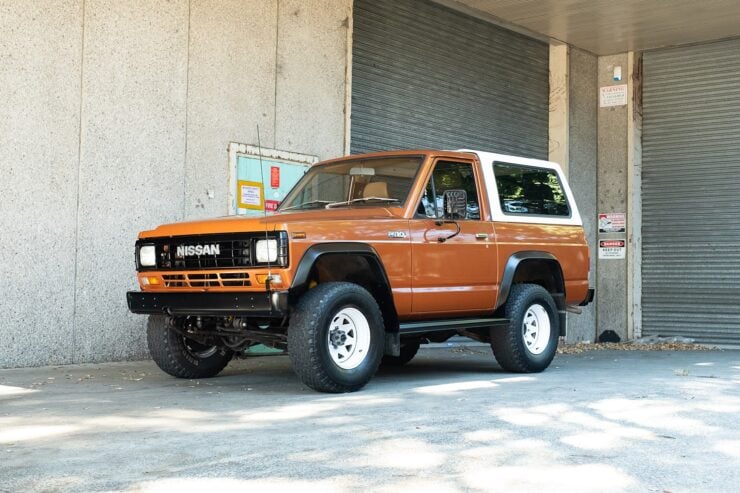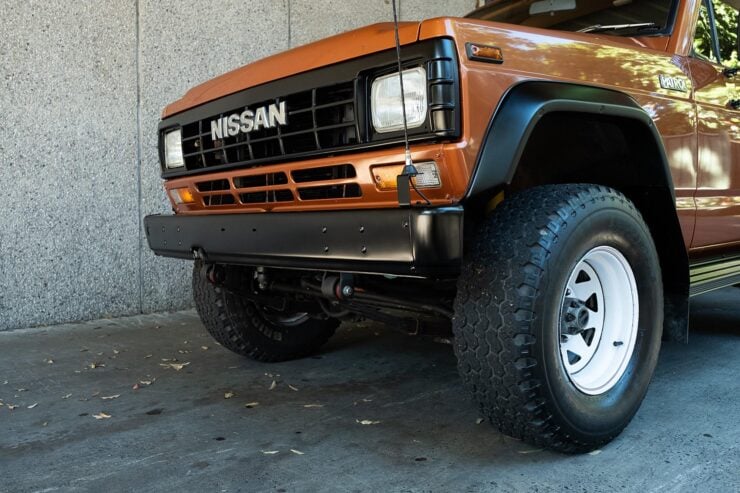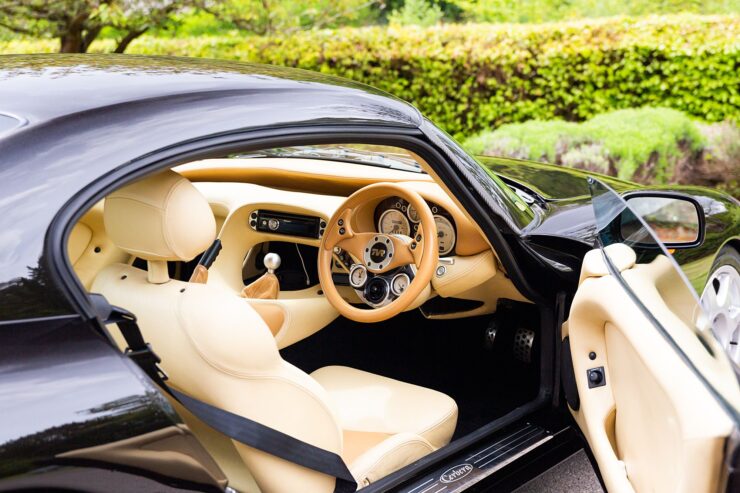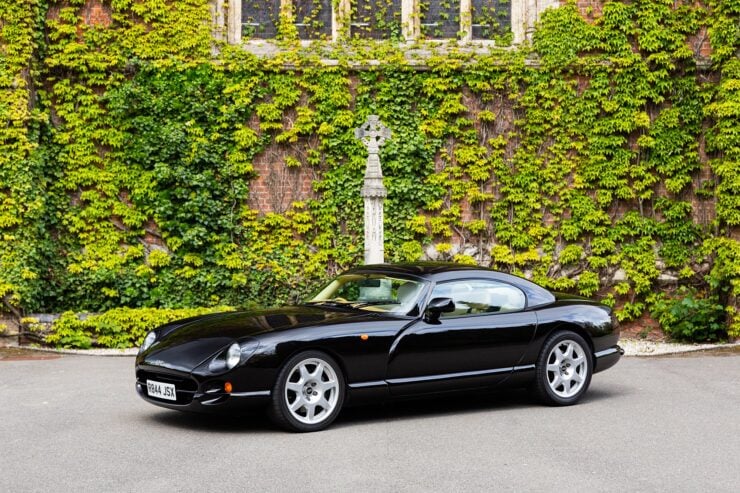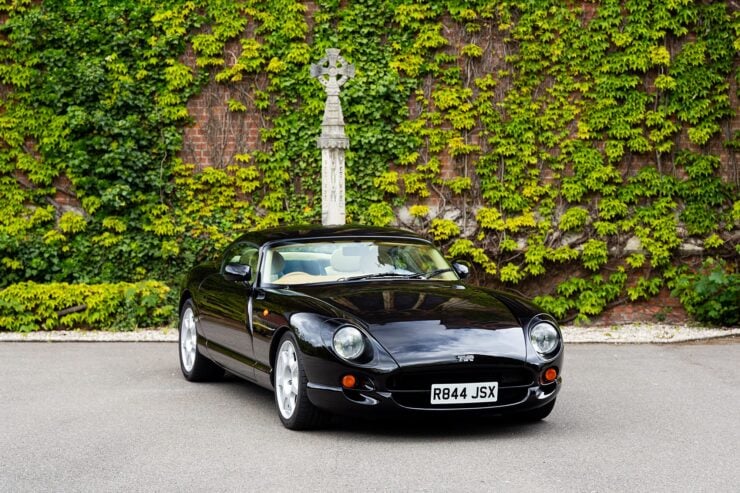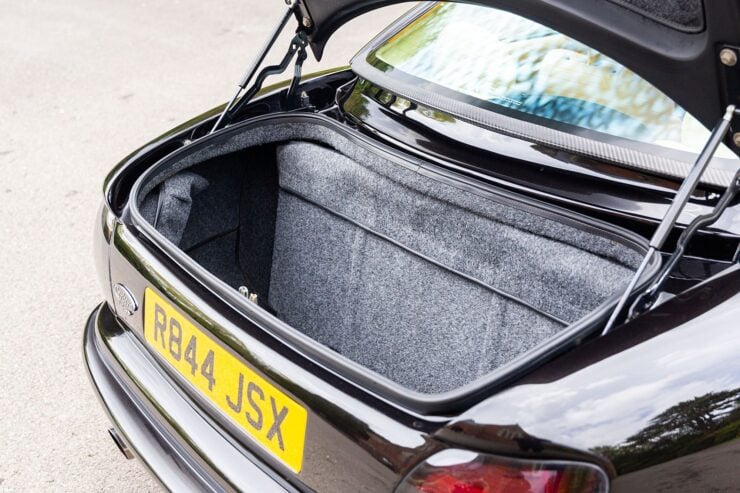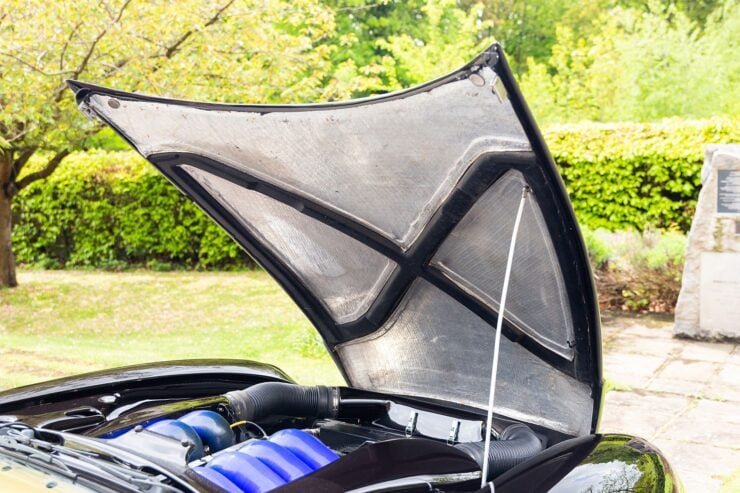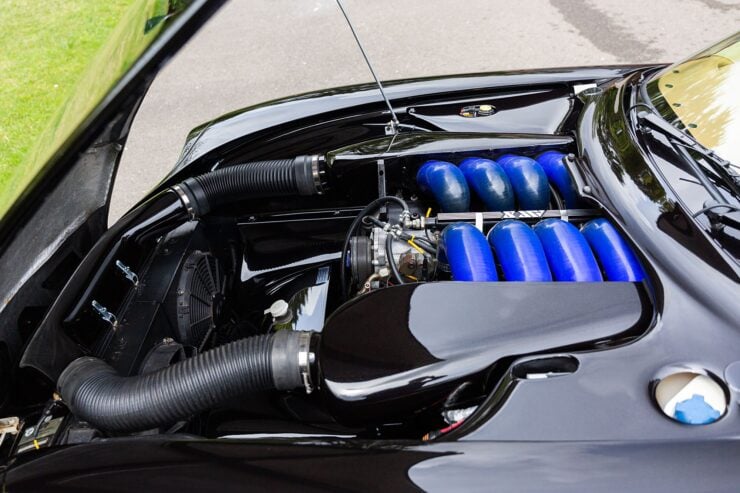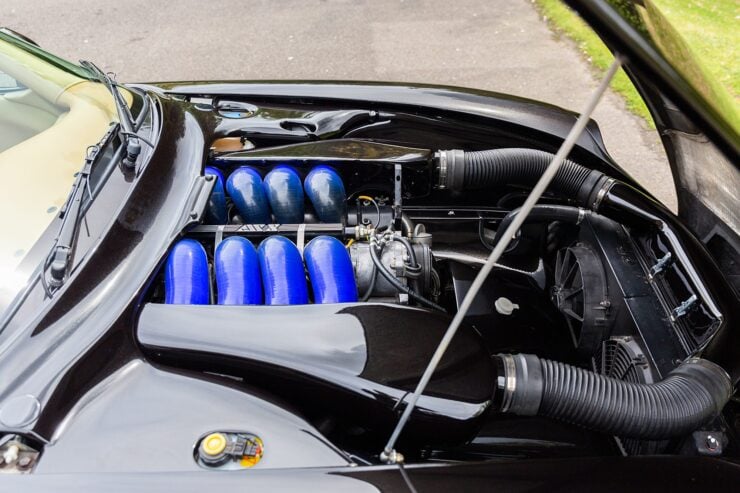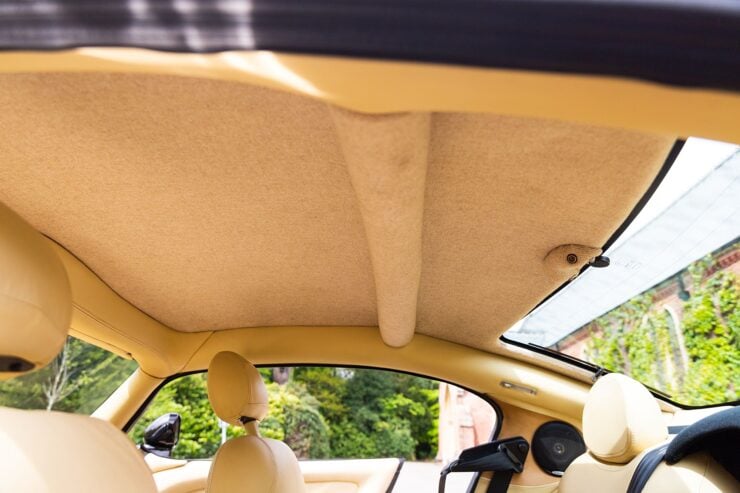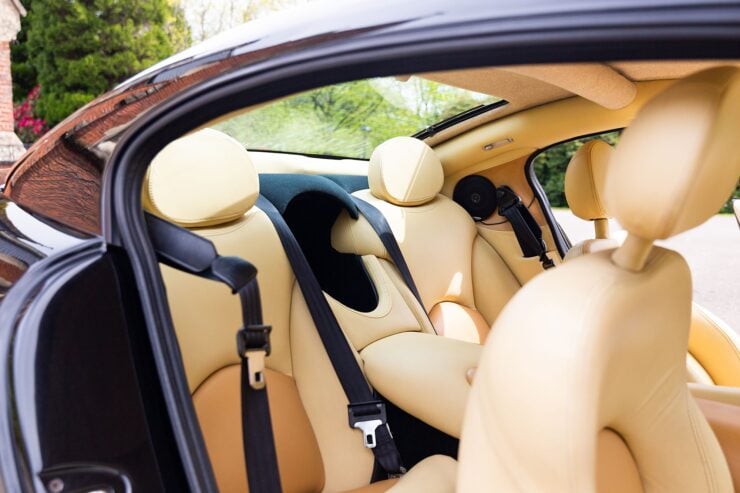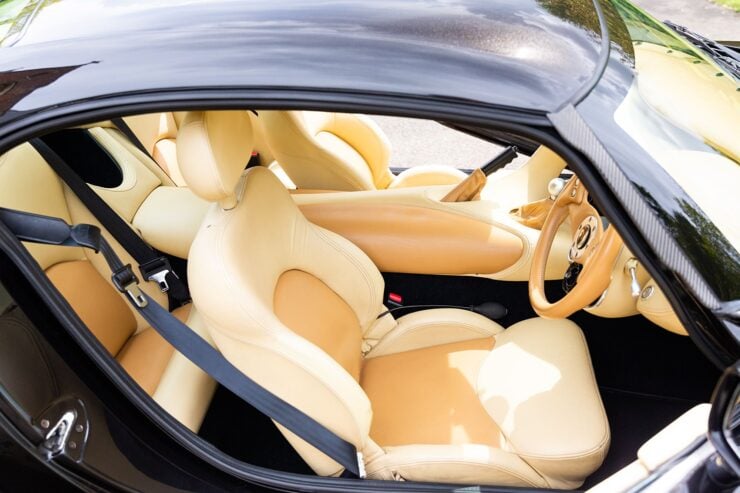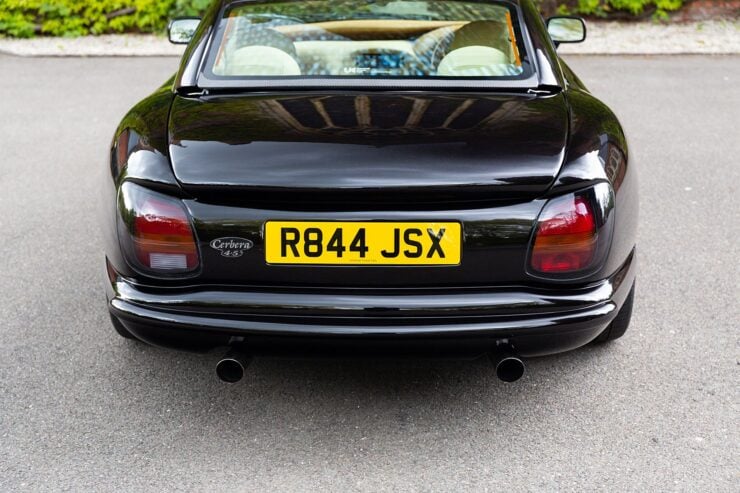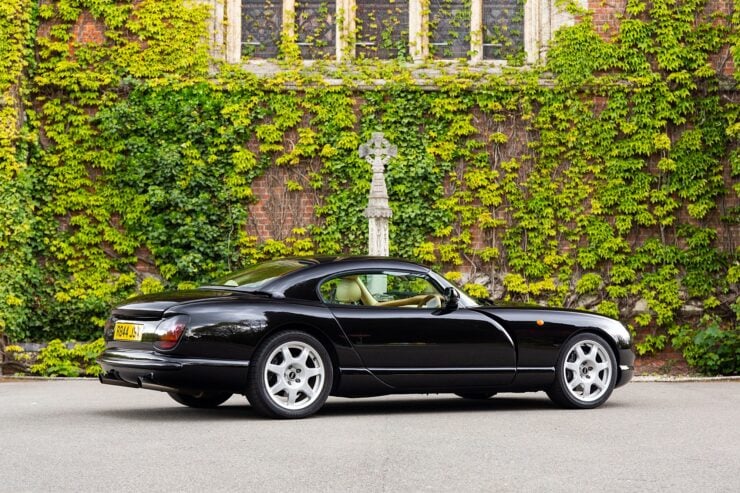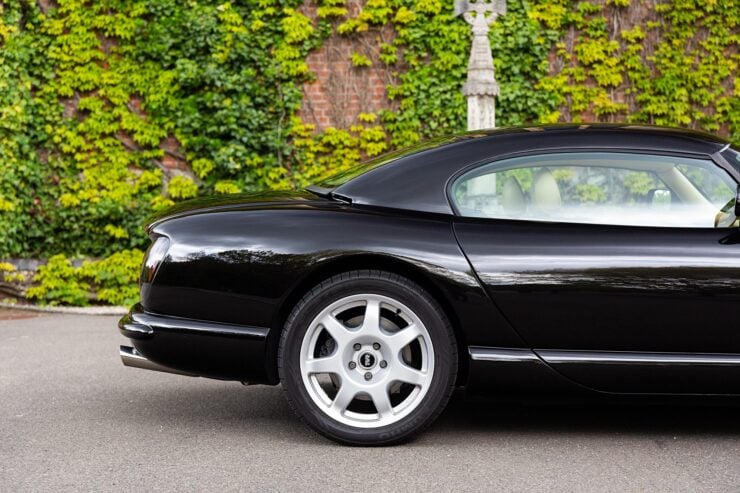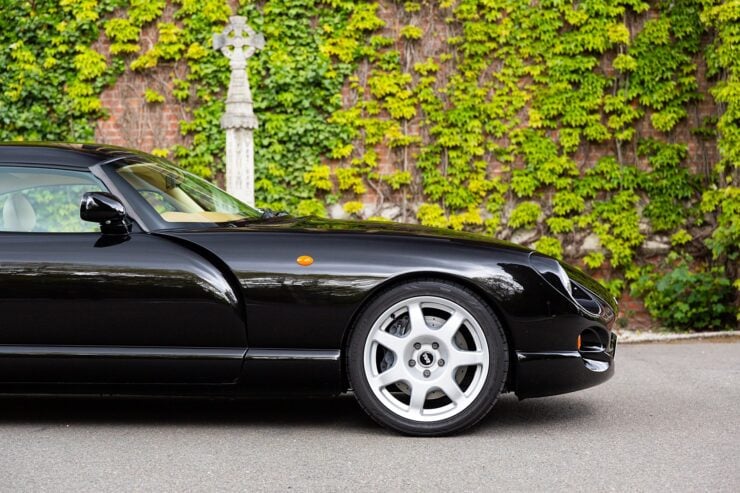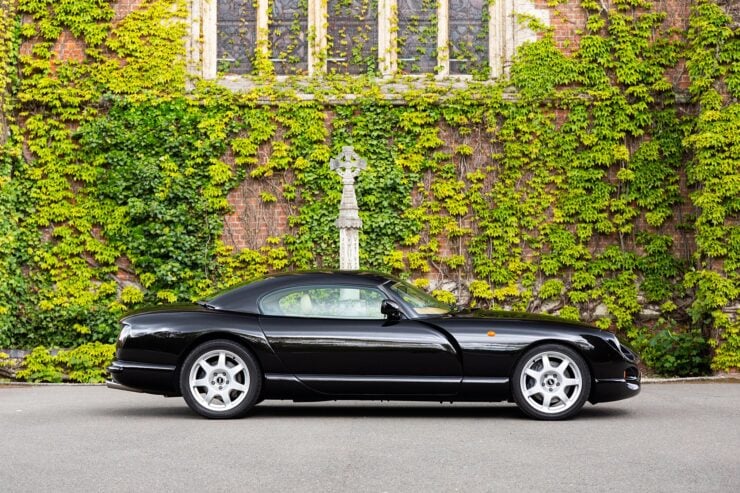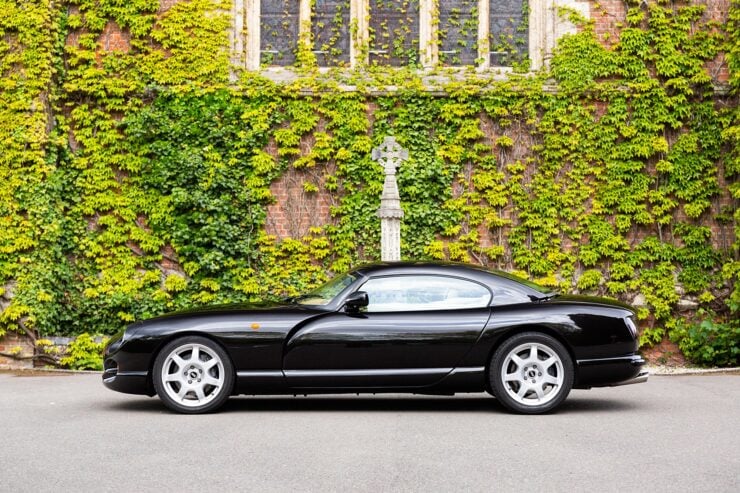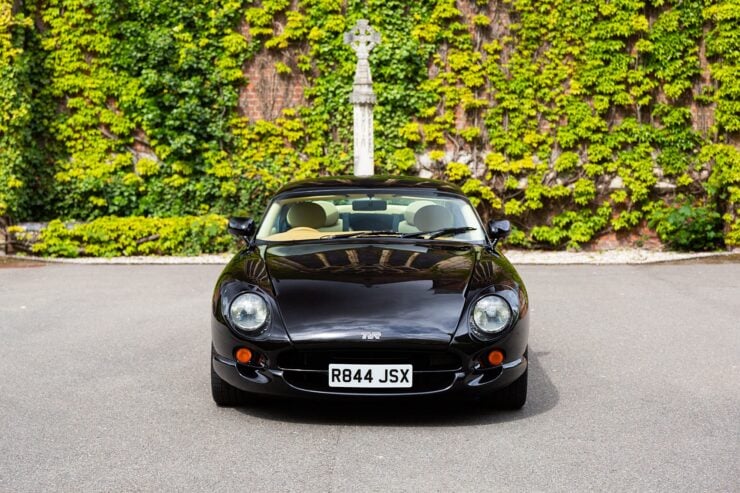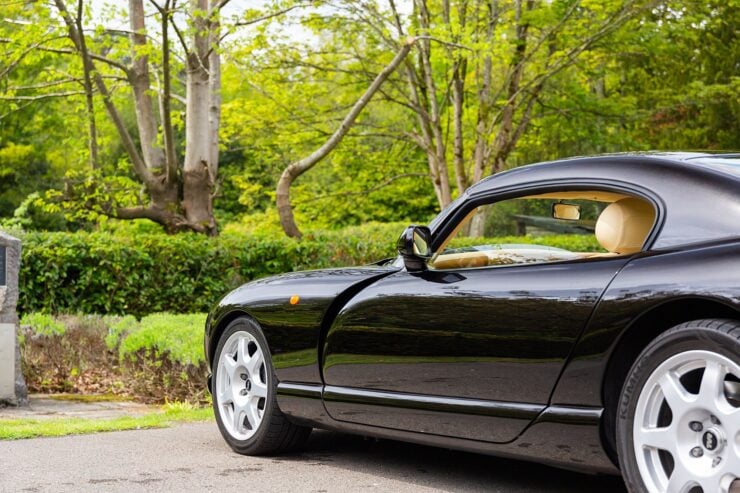In the days before the widespread production of unibody cars the world was largely dominated by cars that utilized body-on-chassis construction. As a result of this there were countless coachbuilders around the world who would build an automotive body to your specifications, then fit it over a power rolling chassis built by companies like Bugatti.
Now typically the time between the chassis being built and it having a body fitted to it would be a few weeks, maybe a few months, and the two would stay mated for the entirety of the car’s lifespan.
There are some unusual circumstances where there was a delay between the construction of the chassis and its body, sometimes a few years but in rarer cases many decades can pass – such was the case with the unusual Bugatti Type 46 shown here.
The story of this car is worthy of an hour long documentary, it tells the story of a Bugatti chassis that wasn’t initially bodied, instead finding itself passing through the hands of a series of collectors.
The Type 46 chassis that underpins this car was built at the Bugatti works in Molsheim however for reasons unknown it never had a body fitted. Bugatti built 468 examples of the Type 46 chassis over the course of the 1929 to 1933 production run, but in the years after World War II a number of unfinished chassis were still in the factory.
The ownership of four of these chassis was assigned to Roland Bugatti, son of Ettore Bugatti the company’s larger than life founder. Roland still had two of these chassis in his garage with their crated up engines in 1952, which is where they were discovered by Richard Baudens who promptly bought them and had them shipped to his garage in Paris.
Above Image: The stunning design of the Superprofilée body has been winning over new Bugatti fans since the 1930s.
One of these chassis/engine combinations was sold to an American enthusiast and the other remained in the possession of Baudens who planned to have it bodied and completed.
Sadly as often happens, life got in the way and the project was never completed – the chassis changed hands between a number of Bugatti enthusiasts over the years before ending up in the world famous workshops of Ashton Keynes Vintage Restorations in England.
It would be with Ashton Keynes Vintage Restorations under the watchful eye of Keith Bowley that this Type 46 chassis would have a body fitted for the first time. It wouldn’t be just any body either, but a meticulously hand-built body inspired by the Gangloff-bodied Type 50 coupé, otherwise known as the “Superprofilée.”
The Type 50 is widely recognized as one of the most beautiful Bugattis of the 1930s, with tis steeply raked windshield and elegant curves it was the more sporting version of the Type 46 sharing many parts with its sibling.
In fact the period Superprofilée body found in the Cité de l’Automobile, Collection Schlumpf in France is itself presently mounted on a Type 46 chassis much like the car you see here.
Once completed this Type 46 with its immaculate body finally finished the work that had been started by the men who built the chassis back in the early 1930s – almost 100 years ago.
This unusual Superprofilée Type 46 is now due to cross the auction block with RM Sotheby’s on the 15th of June with a price guide of €500,000 to €700,000 ($610,000 to $854,000 USD). If you’d like to read more about its remarkable story or register to bid you can click here to visit the listing.
Images: Tim Scott ©2021 Courtesy of RM Sotheby’s
The post Bugatti Type 46 #46491 “Superprofilée” – A Bugatti That Almost Didn’t Get Built appeared first on Silodrome.
from Silodrome https://silodrome.com/bugatti-type-46-superprofilee/
via gqrds
